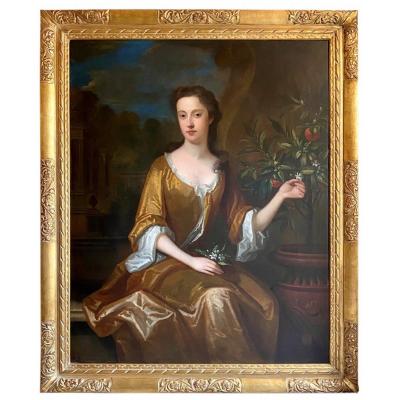Pointing to an urn containing an orange tree, she plucks a prominent piece of flower and a delicate spring is also placed on her lap. In art, the orange blossom signifies eternal love. It also speaks of youth and freshness, while the fruit itself speaks of fertility.
With her neck tilted slightly to the left, she fixes us with the most pleasing expressions, while behind her is a vast landscape with architectural details and topiaries. The fact that she picks the flower may in itself be an allusion to marriage.
In 17th century England, citrus fruits like the one seen here were often grown in large pots which were kept outside in the summer and brought back inside in a heated orangery until winter. Thus, the inclusion of such a fruit in this portrait is also an indication of the wealth and social status of the keepers due to the great expense and difficulty with which it was cultivated in England in the 17th century, until to great wealth. The flower she is holding may be an orange blossom which was often used to symbolize the purity and youthfulness of the Guardian and her availability for marriage.
Charles Jervas (c. 1675 - 1739)
Jervas was an Irish portrait painter, translator and art collector. Born in County Offaly, Ireland circa 1675, Jervas studied in London, England as an assistant to Sir Godfrey Kneller between 1694 and 1695.
Painting portraits of the city's intellectuals, including Personal friends such as Jonathan Swift and the poet Alexander Pope (both now at the National Portrait Gallery in London), Charles Jervas became a popular artist often mentioned in the works of literary figures of the time.
Jervas gave painting lessons to Pope at his Cleveland Court home, St James's, which Pope mentions in his poem To Belinda on the Rape of the Lock, written in 1713, published in 1717 in "Poems on Multiple Occasions".
With his growing reputation, Jervas succeeded Kneller as the principal portrait painter of King George I in 1723 and continued to live in London until his death in 1739, although he made long stays in Ireland.
Higher resolution images on request.
Worldwide shipping available
Canvas: 50 "x 40" / 127cm x 102cm.
Frame: 56.5 "x 46.5" / 144cm x 118cm





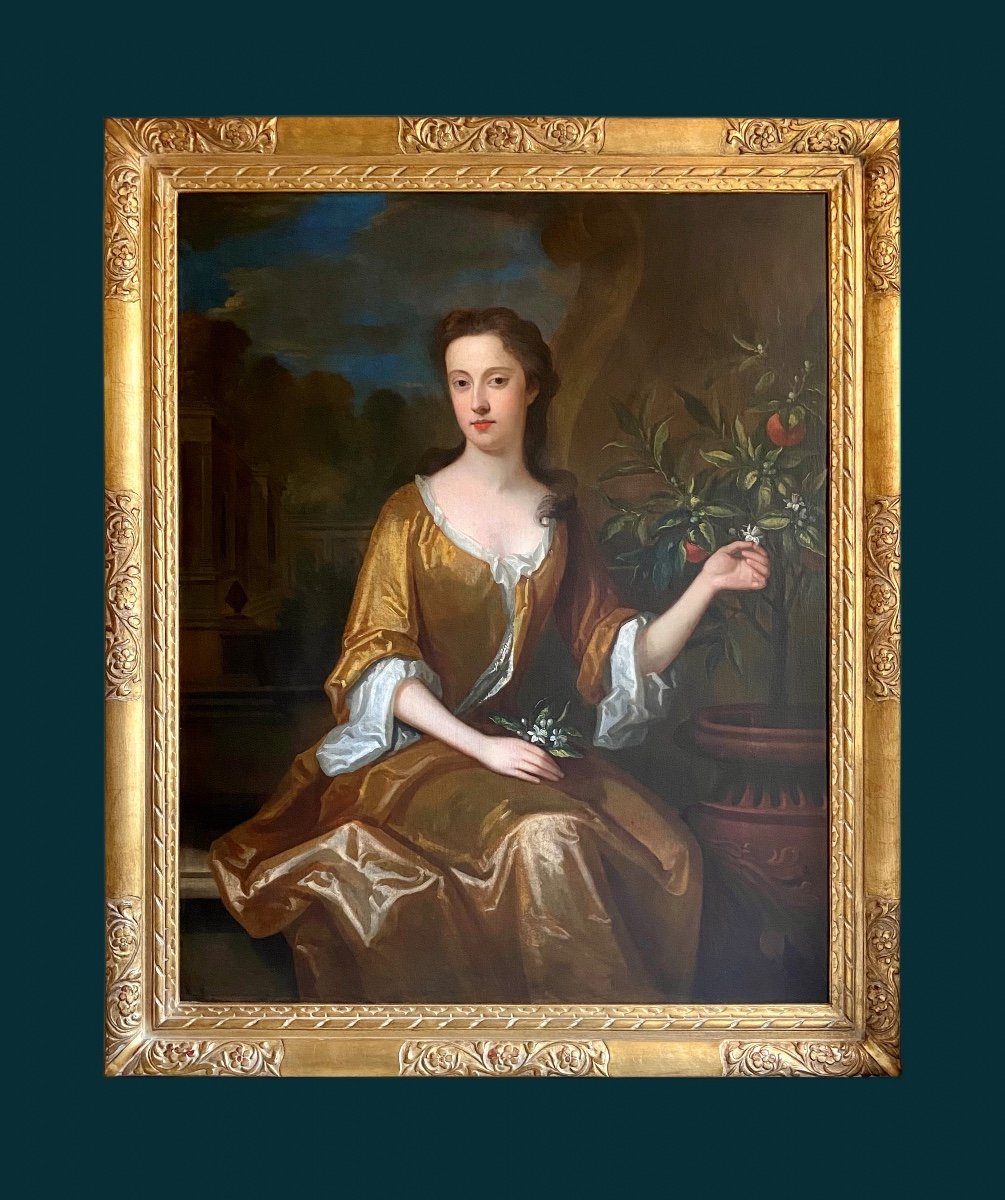

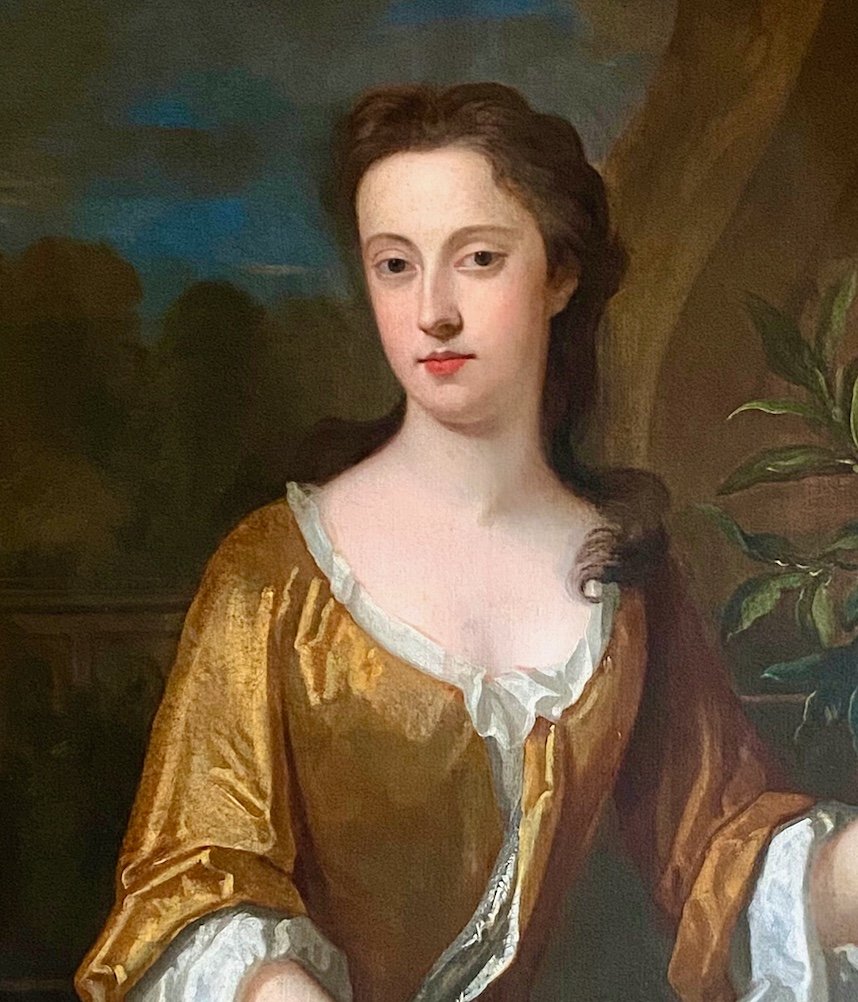
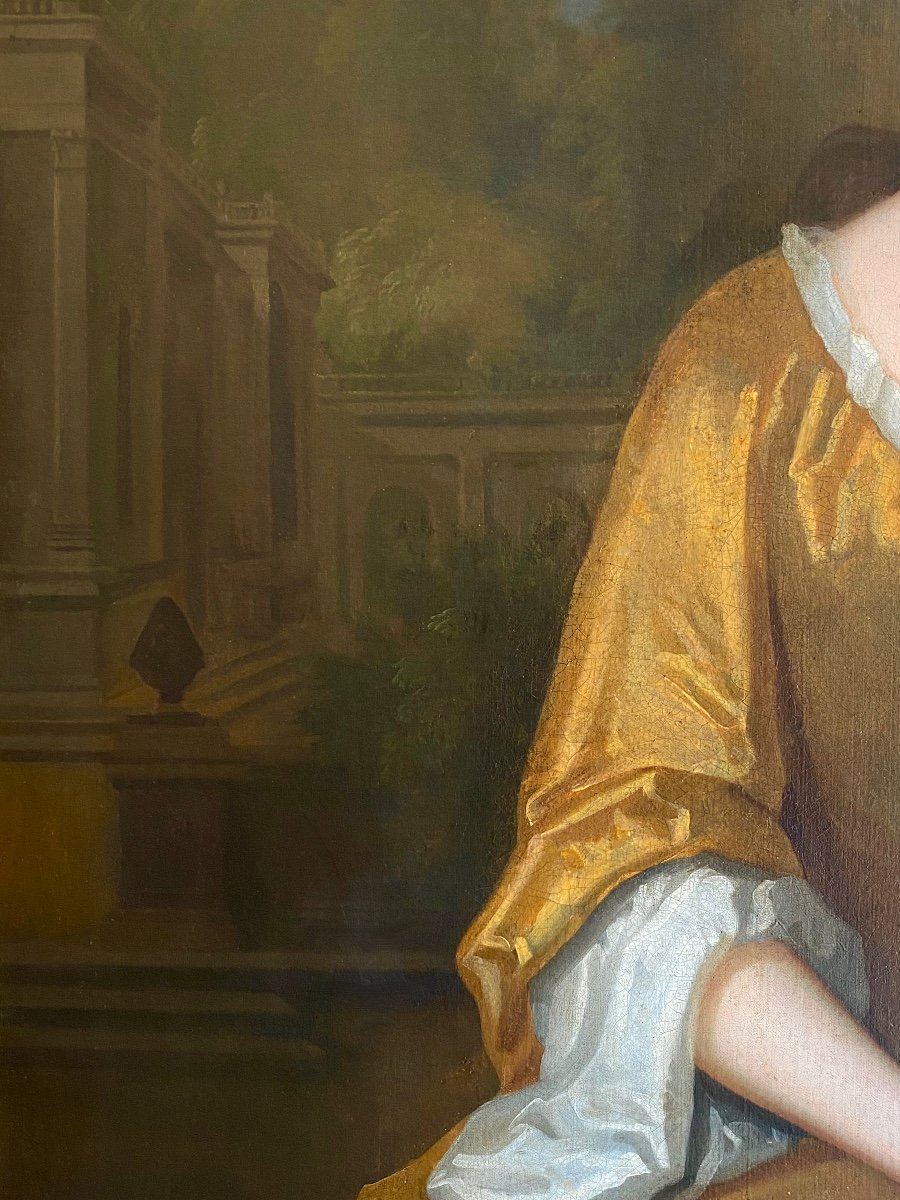
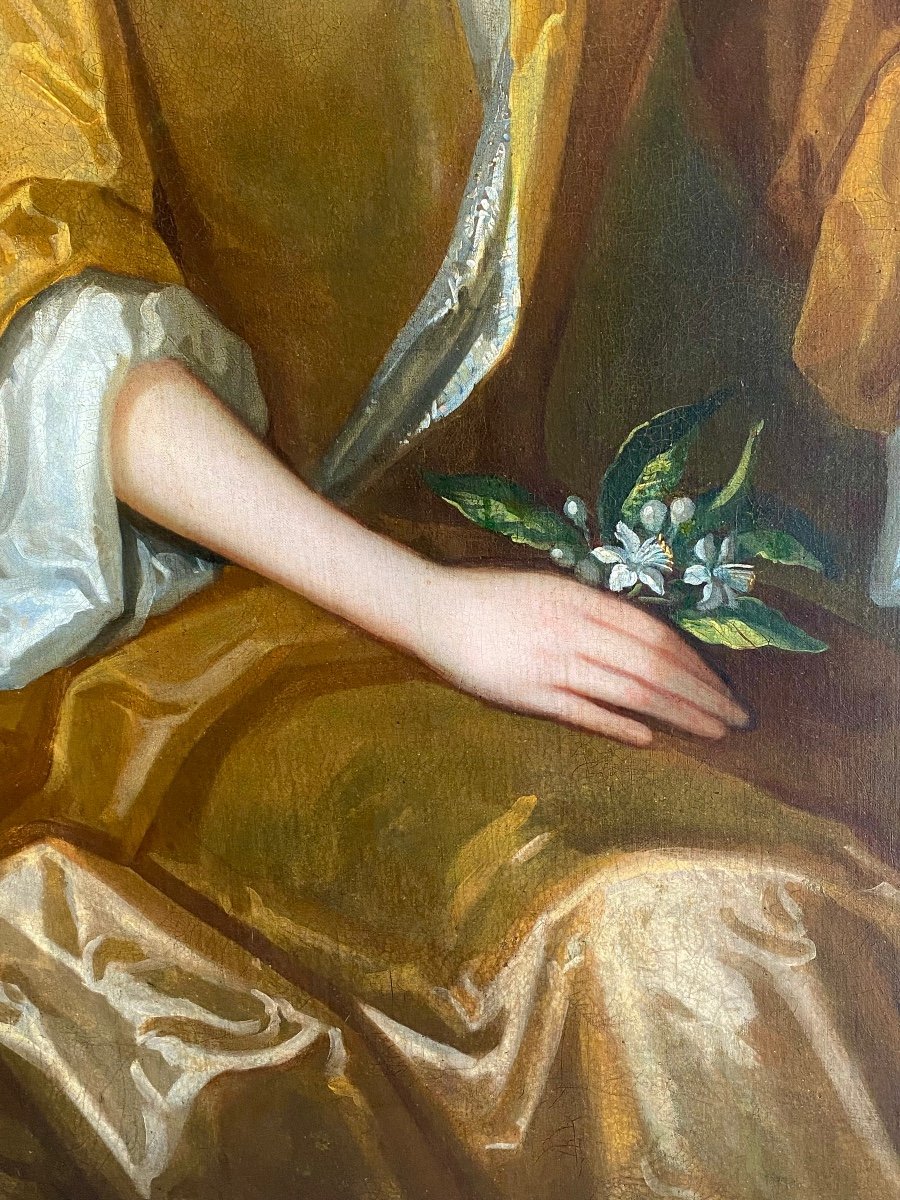


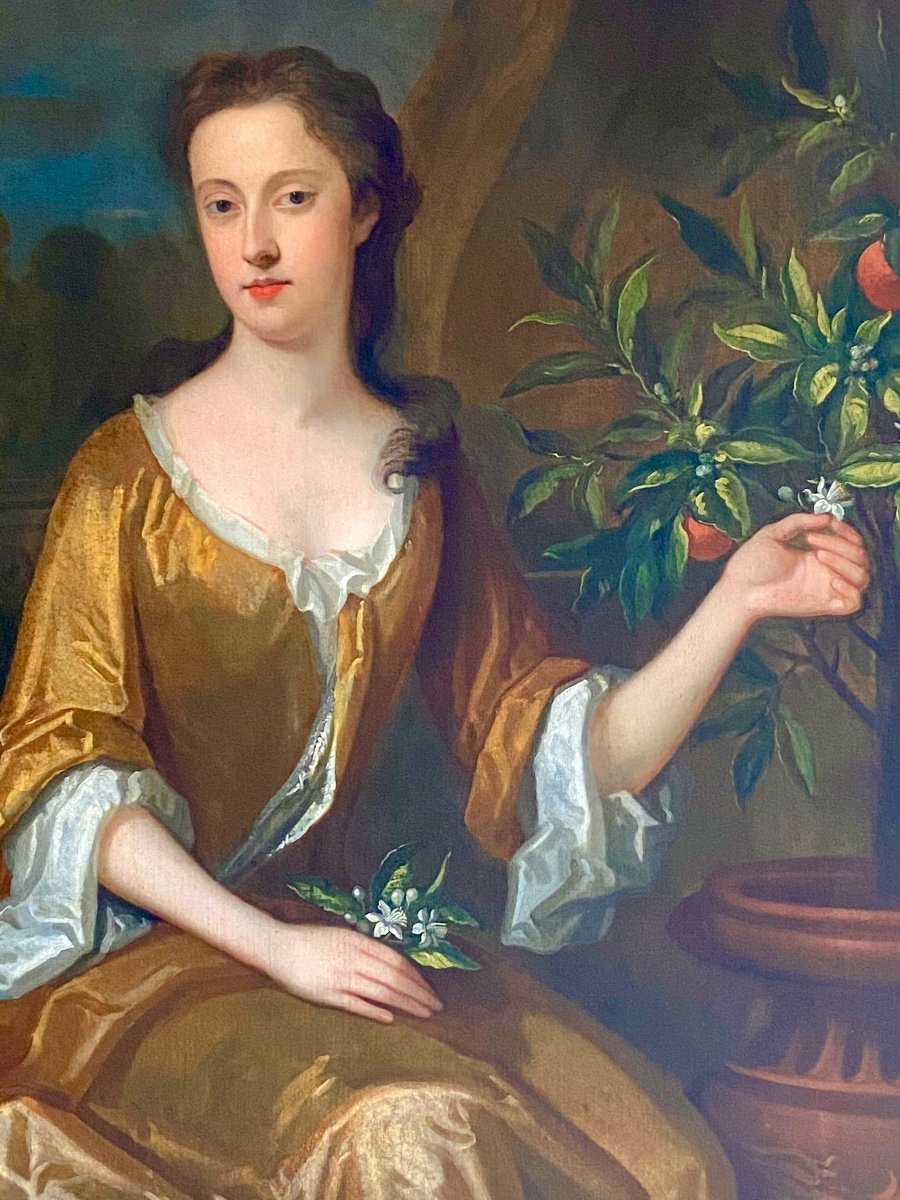

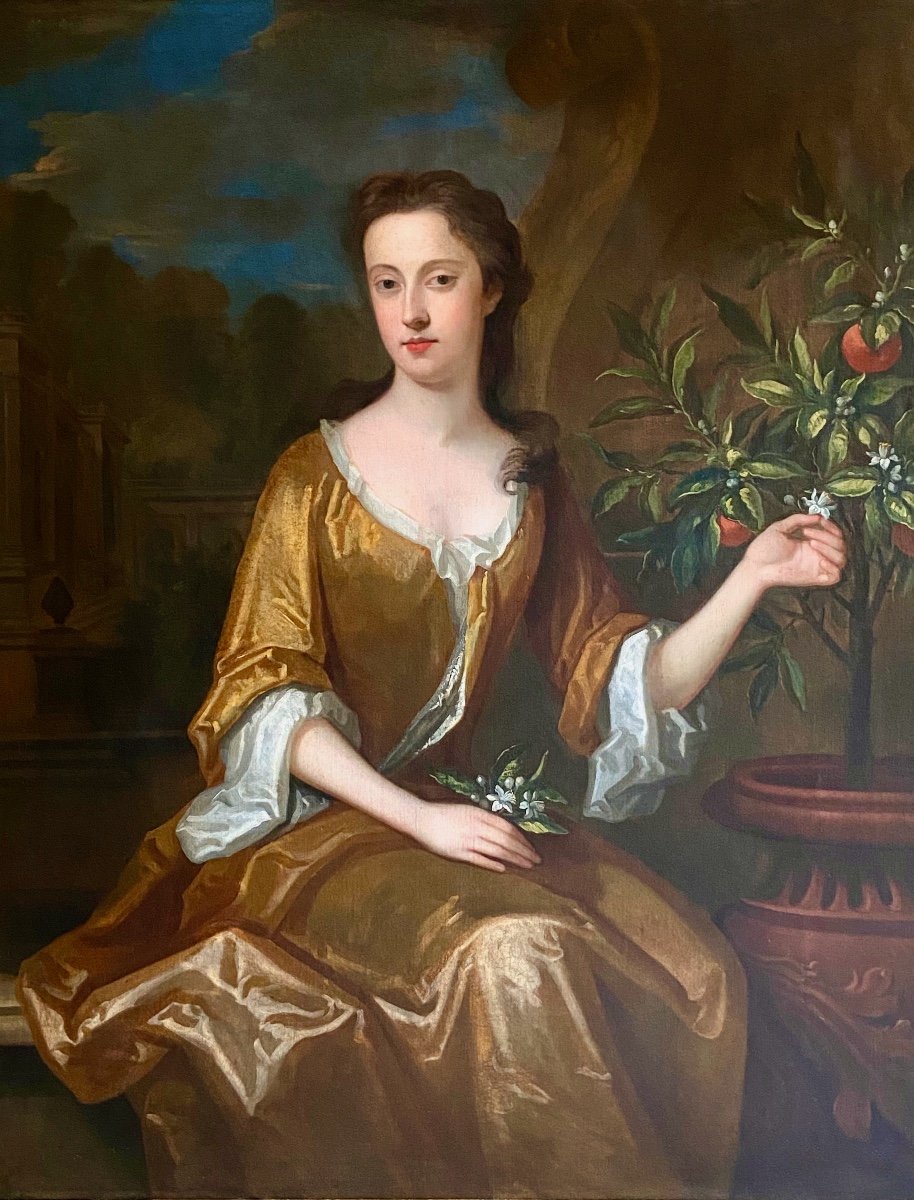






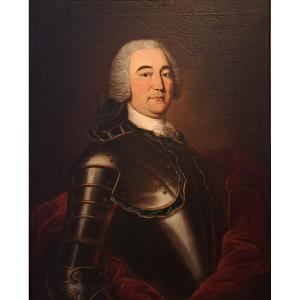
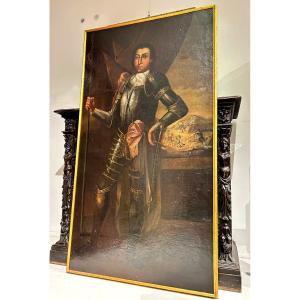

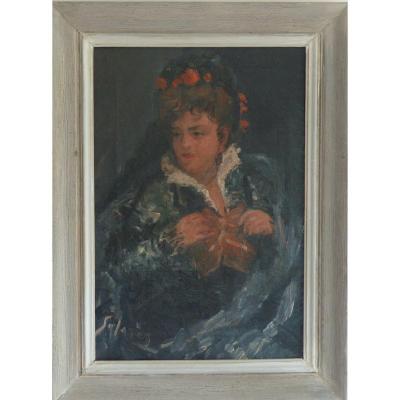

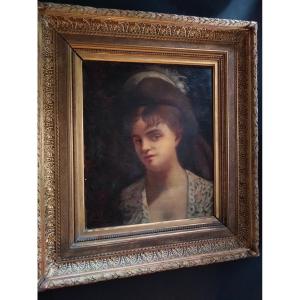



 Le Magazine de PROANTIC
Le Magazine de PROANTIC TRÉSORS Magazine
TRÉSORS Magazine Rivista Artiquariato
Rivista Artiquariato
